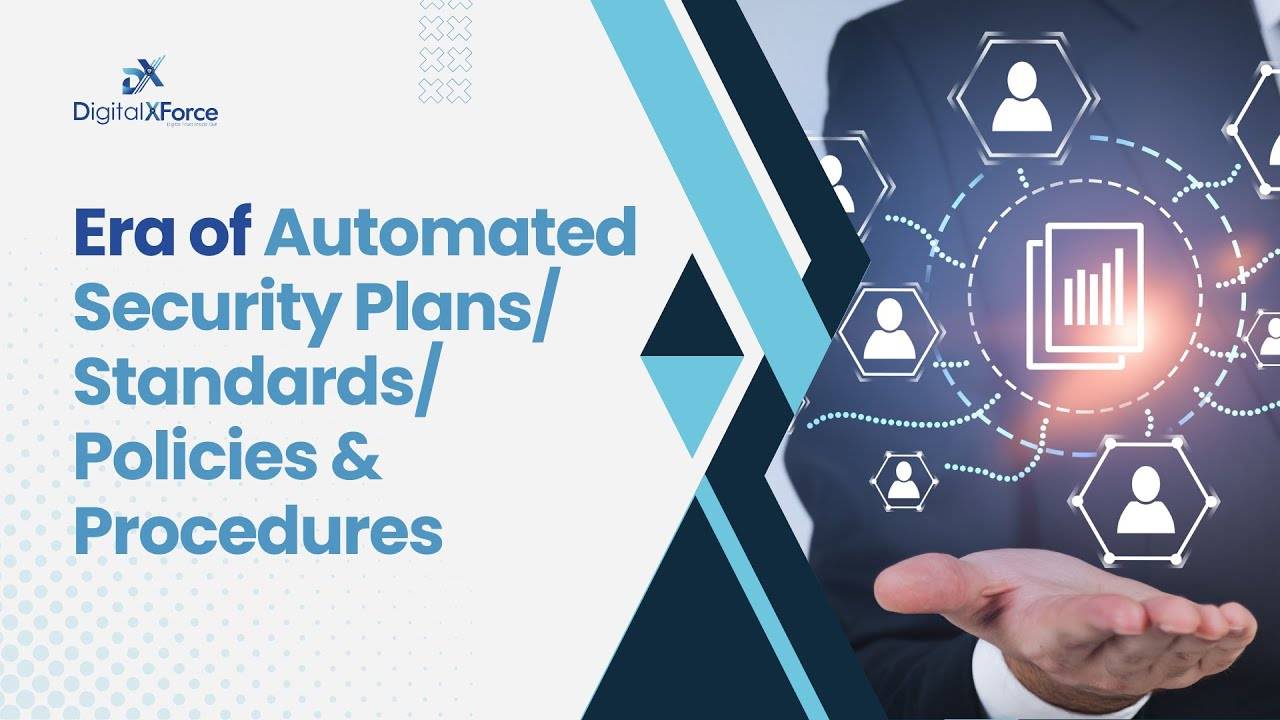Lalit Ahluwalia is the Founder and CEO of “DigitalXForce – Digital Trust Platform,” and “CyberXForce – Outcome based Cybersecurity Services”
We all know that cybersecurity and privacy are becoming more and more critical with digital transformation.
The sophisticated threats from new tactics like nation hacktivism have increased the overall risk and need for proactive cyber defense. This is further complicated by the expanded attack surface from the adoption of cloud and hybrid ecosystems, OT and IoT turning everything “smart”—smart cities, smart campuses, remote healthcare, etc. Emerging technologies, such as AI, ChatGPT, blockchain, etc., are also being leveraged by bad actors in a way that can increase the intensity of an attack.
In fact, threats straight out of science fiction have become real possibilities, and these have changed how end-users approach technology. Imagine you are in a self-driving car in the middle of a running highway, and you get a call from a hacker that your car has been compromised. What would be the first question that comes to your mind? To check the audit and compliance of the car? Or why did you trust the car in the first place? The same questions apply to smart cities, smart homes, remote healthcare, space tourism and many other things.
In order to build digital trust, technology companies must include integrated risk management into all of their products. This means that risk management:
• Can be analyzed and measured in real time.
• Is factual (i.e., data-driven).
• Is validated on a continuous basis.
• Is automated versus dependent on humans, given today’s sophisticated threat landscape.
How is digital trust different from standard cybersecurity and privacy? While cybersecurity and privacy practices are more focused on the confidentiality, integrity and availability of the service, digital trust involves building confidence in digital assets and emerging technologies.
How To Build Digital Trust
Given the ever-changing digital landscape, we have a lot of work ahead of us.
First and foremost, we need to understand, promote and prioritize the need for digital trust and create more awareness. We need a total mindset shift from standard cybersecurity measures to new ways of enabling digital trust.
Most organizations are relying on point-based solutions to fix specific issues, which generally result in siloed function rather than an integrated view. The lack of integration in the overall cyber defense ecosystem leaves behind multiple blind spots that can be easily exploited by the bad actors.
With those challenges in mind, here are a few steps that organizations can take to foster and enable digital trust.
• Know your digital assets. Develop and manage asset inventory and attack surface best practices.
• Apply in-depth defense mechanisms. This should include multi-layer protection.
• Secure by design. Leverage modern-day architecture best practices, such as zero trust, at all layers.
• Automate end-to-end security measures. As much as possible, automate NIST’s “Five Functions:” identify, protect, detect, respond and recover.
• Train and enable the workforce. All relevant stakeholders should be aware of the latest and the greatest threats and technologies.
• Do more than just “check the box.” Standard audit and compliance will not be sufficient to enable digital trust. In fact, it can create a false perception of security, which can break digital trust if the security is ever breached.
Conclusion
Consumer adoption of any digital service from an organization hinges on what organizations do to build confidence. This requires responsible usage of emerging technologies, strong cybersecurity and data privacy practices and a digital trust-focused mindset throughout the entire organization.
In fact, by creating confidence with end users through digital trust, organizations can build stronger relationships, making them more likely to thrive in today’s environment.



